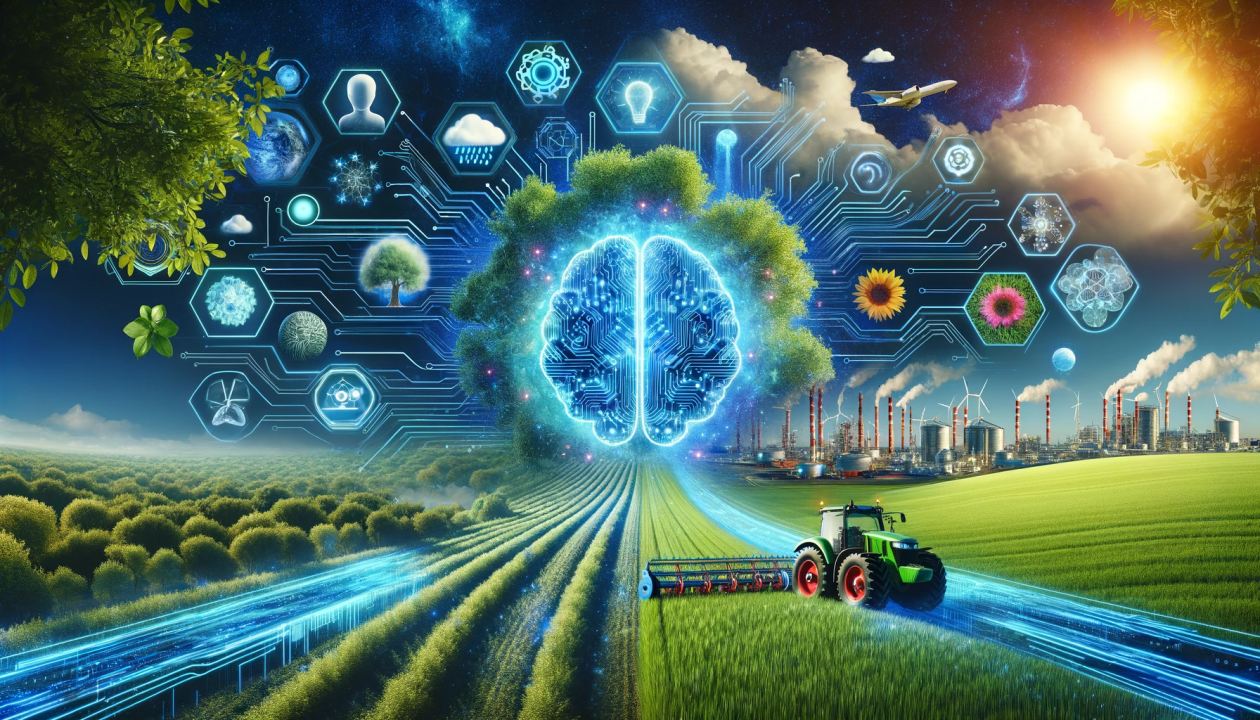Artificial Intelligence (AI) is playing a growing role in addressing some of the world’s most pressing environmental challenges. By processing vast amounts of data and generating actionable insights, AI is becoming a powerful ally in efforts to protect the planet and promote sustainability.
How is AI Used in Environmental Protection?
AI can analyze complex environmental data, predict trends, and optimize processes in ways that were previously impossible. From climate modeling to wildlife conservation, AI is providing innovative solutions that help scientists, policymakers, and industries make more informed decisions.
Key Applications of AI in the Environment
Climate Change Monitoring and Prediction
AI is instrumental in tracking climate change by analyzing satellite imagery, weather patterns, and atmospheric data. Machine learning models can forecast temperature changes, sea-level rise, and extreme weather events, enabling better disaster preparedness and climate resilience planning.
Wildlife Conservation
AI-powered camera traps, drones, and acoustic sensors are helping track endangered species and monitor wildlife populations. These technologies can automatically identify animals, detect poaching activities, and support real-time conservation efforts.
Smart Agriculture
AI is transforming agriculture by enabling precision farming. AI systems can analyze soil conditions, predict crop yields, and optimize irrigation schedules, reducing water and chemical usage while increasing productivity and sustainability.
Pollution Control
AI is used to monitor air and water quality in real-time. By processing sensor data, AI can detect pollution sources, forecast contamination risks, and assist in developing strategies to reduce harmful emissions.
Energy Efficiency
AI algorithms help optimize energy consumption in buildings, factories, and power grids. Through smart energy management, AI reduces waste and supports the integration of renewable energy sources like solar and wind power.
Environmental Data Analysis
AI tools can rapidly process complex environmental datasets to identify patterns, model ecosystems, and support scientific research. This accelerates the development of solutions for issues such as deforestation, ocean health, and biodiversity loss.
Challenges and Considerations
While AI offers powerful tools for environmental protection, there are important factors to consider:
- Data Accuracy: AI models depend on reliable, high-quality data for effective results.
- Ethical Use: AI should support sustainability without causing unintended harm or reinforcing environmental inequalities.
- Energy Consumption: Some AI systems require significant computing power, which can contribute to carbon emissions if not managed responsibly.
Conclusion
AI is unlocking new possibilities in the fight against environmental challenges. From conserving wildlife to optimizing energy use, AI-driven solutions can play a critical role in building a more sustainable future. However, careful, ethical application is essential to ensure that AI serves as a true force for environmental good.







Leave feedback about this